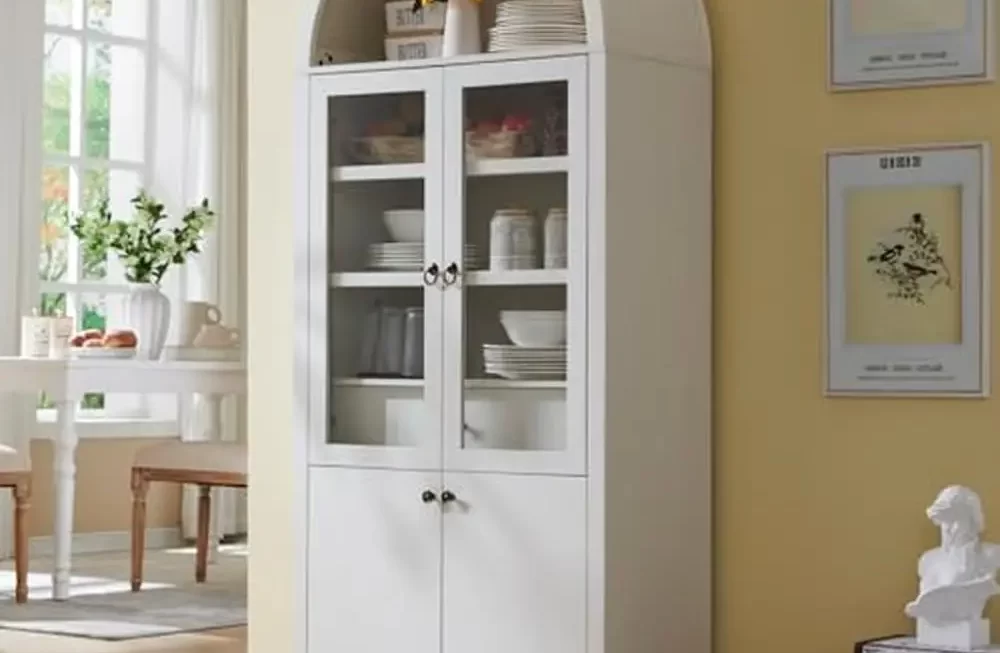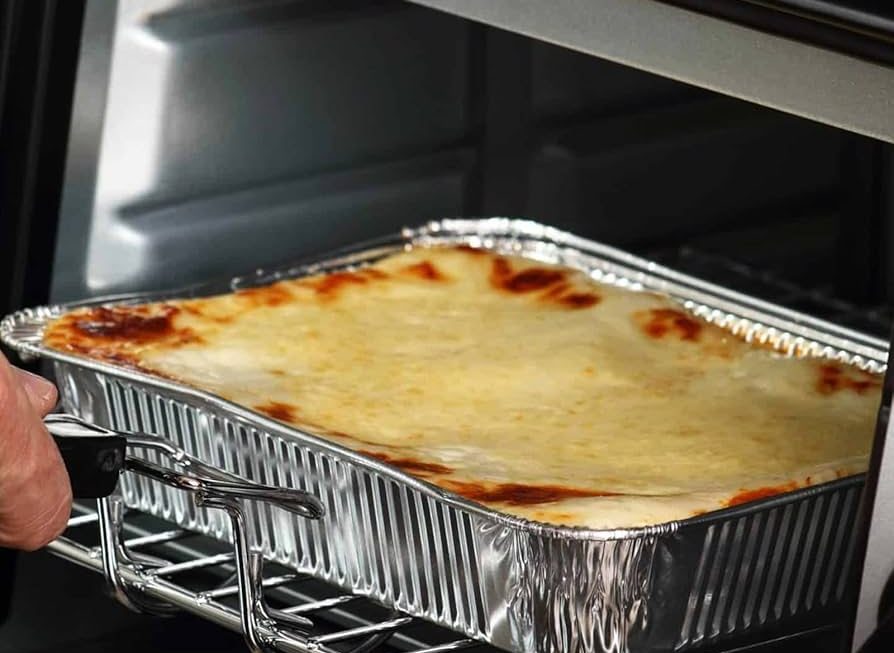Introduction:
A kitchen sink draining slowly can be a frustrating and inconvenient problem that disrupts daily activities. It can result from various factors, such as clogged pipes, improper installation, or maintenance issues.
In this article, we will explore the common causes of a slow-draining kitchen sink, effective solutions to address the problem, and preventive measures to maintain proper drainage. By understanding these aspects, you can tackle the issue and ensure efficient water flow in your kitchen sink.
Design Structures and Materials of Kitchen Sinks:
Design Structures:
Top-Mount (Drop-In):
This style is inserted into a hole cut in the countertop, with the sink’s rim resting on the countertop surface.
Undermount:
These sinks are installed underneath the countertop, creating a seamless and sleek look with the countertop material extending to the sink’s edge.
Farmhouse (Apron-Front):
Farmhouse sinks have an exposed front panel that extends slightly beyond the countertop, adding a rustic and charming aesthetic to the kitchen.
Integrated:
Integrated sinks are seamlessly integrated into the countertop material, creating a continuous and uniform appearance.
Materials:
Stainless Steel:
Stainless steel is a popular choice for kitchen sinks due to its durability, resistance to stains and heat, and ease of maintenance. It is available in various finishes and gauges.
Fireclay:
Fireclay sinks are made from molded clay and then fired at high temperatures, resulting in a durable and heat-resistant material. They have a smooth, glossy finish and are known for their timeless appeal.
Cast Iron:
Cast iron sinks are made by pouring molten iron into a mold and then coated with an enamel finish. They are durable, heavy, and resistant to heat and stains. Cast iron sinks are available in a variety of colors.
Composite:
Composite sinks are made from a combination of materials, such as quartz, granite, or acrylic resins. They offer durability, resistance to scratches and stains, and can mimic the appearance of natural stone.
Copper:
Copper sinks are known for their unique and warm patina that develops over time. They add a touch of elegance and character to the kitchen but require regular maintenance to preserve their appearance.
Natural Stone:
Sinks made from natural stone, such as granite or marble, offer a luxurious and unique look. They are durable, heat-resistant, and can be customized to fit specific design preferences.
Each material has its unique characteristics, benefits, and maintenance requirements. Consider factors such as durability, aesthetics, ease of cleaning, and compatibility with your kitchen design when choosing the material for your kitchen sink.
Common Causes of a Slow-Draining Kitchen Sink:
Food Waste Buildup:
Accumulation of food particles, grease, and other debris can cause blockages in the sink drain, resulting in slow drainage.
Clogged P-Trap:
The P-trap, a curved pipe beneath the sink, can become clogged with debris, hair, or other materials, obstructing water flow.
Pipe Buildup:
Over time, mineral deposits, soap scum, and other residues can accumulate in the pipes, narrowing the passage and impeding drainage.
Improper Installation:
Poor or incorrect installation of the sink or plumbing components can lead to inadequate slope or improper venting, causing slow drainage.
Solutions for a Slow-Draining Kitchen Sink:
Boiling Water:
Pouring boiling water down the drain can help dissolve grease and flush away minor blockages.
Baking Soda and Vinegar:
Create a mixture of baking soda and vinegar, pour it down the drain, and let it sit for a few minutes. Follow with boiling water to flush away the debris.
Plunger:
Use a sink plunger to create suction and dislodge the clog. Ensure there is enough water in the sink to cover the plunger and create a seal.
Drain Snake:
Insert a drain snake or a flexible plumbing auger into the drain to break up and remove the clog.
Chemical Drain Cleaners:
Chemical drain cleaners can be used as a last resort. However, exercise caution and follow the manufacturer’s instructions, as these products can be harsh and may damage pipes or fixtures.
The hazards of a kitchen sink draining slowly can include:
Inconvenience:
A slow-draining sink can disrupt daily activities in the kitchen, making tasks like washing dishes or food preparation more time-consuming and frustrating.
Water Accumulation:
A slow drain can cause water to accumulate in the sink, leading to standing water that is unhygienic and can create an unpleasant odor.
Risk of Overflow:
If the water level in the sink continues to rise due to slow drainage, there is a risk of the sink overflowing, causing water damage to the surrounding area.
Increased Risk of Clogs:
A slow-draining sink can be an early warning sign of a developing clog. If left unaddressed, the accumulation of debris can lead to complete blockage, resulting in more severe plumbing issues and potential costly repairs.
Bacterial Growth:
The presence of standing water can create a breeding ground for bacteria and other microorganisms, posing a risk to hygiene and food safety.
Pipe Damage:
Slow drainage can place additional strain on the plumbing system. Over time, this increased pressure can lead to pipe damage, leaks, or even burst pipes, requiring extensive repairs.
Health Hazards:
If the slow drainage is caused by a clog due to food waste or debris, it can attract pests such as flies, cockroaches, or rodents, presenting health risks and potential contamination of food preparation areas.
It is important to address a slow-draining kitchen sink promptly to prevent these hazards and maintain the functionality and hygiene of your kitchen. Regular maintenance, proper waste disposal, and timely intervention can help prevent further damage and ensure efficient water flow in the sink.
Preventive Measures to Maintain Proper Drainage:
Regular Cleaning:
Clean the sink and drain regularly by removing food particles, grease, or debris to prevent buildup and clogs.
Use a Sink Strainer:
Install a sink strainer or screen to catch food particles and prevent them from entering the drain.
Grease Disposal:
Avoid pouring grease or cooking oil down the drain, as they can solidify and cause blockages. Dispose of them in a separate container.
Avoid Food Waste Disposal:
Be mindful of what goes down the drain. Avoid disposing of large amounts of food waste or fibrous materials, such as coffee grounds, eggshells, or potato peels.
Hot Water Flush:
Once a month, pour a large pot of boiling water down the drain to help dissolve any buildup and maintain clear pipes.
Regular Inspections:
Periodically check the P-trap and pipes beneath the sink for any signs of leaks, blockages, or damage. Address issues promptly to prevent further complications.
Seeking Professional Help:
If DIY methods do not resolve the issue or if the problem persists, it may be necessary to seek professional help from a licensed plumber.
Professional plumbers have specialized tools and expertise to diagnose and address more complex clogs or plumbing issues.
Conclusion:
A slow-draining kitchen sink can disrupt daily activities and indicate underlying plumbing issues. By understanding the common causes, effective solutions, and preventive measures, you can address the problem and maintain proper drainage in your kitchen sink.
Regular cleaning, proper waste disposal, and periodic inspections will help prevent blockages and keep your sink draining smoothly. If DIY methods do not resolve the issue, do not hesitate to seek professional assistance. By taking proactive steps and ensuring proper maintenance, you can avoid the inconvenience and frustration of a slow-draining kitchen sink.







